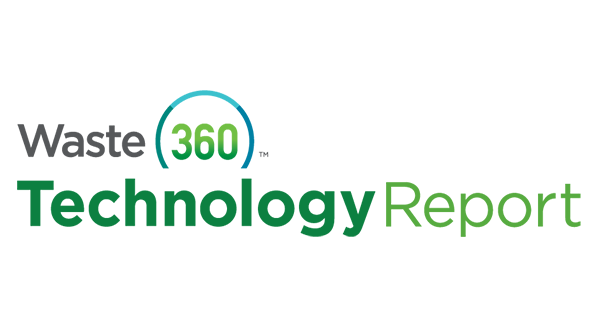Global social impact company Too Good To Go started with a concept to simplify food waste prevention for foodservice providers – it’s an app whereby consumers buy meals at a discount that businesses would otherwise toss at the end of the day.
The company, which first laid tracks in Europe beginning with this app that connects businesses and consumers, has since branched out. The product caught on fast, says Too Good To Go Co-Founder Lucie Basch, “We realized we can do more and started other initiatives to get a bigger impact in preventing food waste.”
Too Good To Go is working to build a movement, and it’s gotten involved with several partners to try and make it happen. It’s collaborated with global food producers and government agencies to improve clarity around date labeling. And it’s forged relationships with the United Nation’s Food and Agriculture Organization and with mayors in France and Belgium to help inform policy and improve practices around food waste prevention.
In September 2020, the company set up shop in the U.S., with plans to grow the market for the app there. Like in Europe, the intention is to eventually work with other stakeholders in ways beyond seeing that businesses’ surplus food is eaten rather than tossed.
The U.S. is a good target, the Too Good To Go team figures because what’s a big problem globally is even bigger in the U.S. About 40% of food is thrown out there compared to just over 30% worldwide.
The ultimate goal is to save all would-be food waste at restaurants, bakeries, and cafes, nationwide, as well as to increase awareness and change behaviors, says Gaeleen Quinn, East Coast director of Too Good To Go.
“The app is one way to do it, but we are working with businesses and manufacturers to help them increase their efficiencies and help them deal with their surplus food. We are at an early stage. We want to consolidate the app first, which would facilitate our ability to address food waste in additional ways,” says Quinn.
The way the technology works is consumers go online to reserve and pay for meals that they pick up. Users click on a location and can find participating stores and products, from baked goods to produce, dairy, pizza, and sushi.
They get a “surprise bag,” which is about a $15 retail value, but they pay roughly a third of that. It’s a bundle of fresh excess products that are made available in a short window, and it’s called a surprise bag because businesses don’t know exactly what they will have left at the end of the day.
The technology works well for restaurants especially.
“Restaurants have little time to manage inventory or manipulate apps or find another solution like food banks. It saves time and is a good solution when a small amount of food would otherwise be wasted each day,” says Quinn.
For now, the company’s U.S.-based arm is focused on New York City and Boston.
There’s a lot to do yet.
“We are brand new in the market, and New Yorkers and Bostonians are just getting to know about us. But word is spreading fast. We are getting calls from partners that want to join against food waste, and we see thousands of consumers downloading the app every day,” says Quinn.
So far 436 stores are on board in those two cities and 19,500 meals have been sold.
Building more awareness will be key to supporting ongoing efforts. The company did a survey in New York City, finding that 86% of respondents were aware of food waste as a problem but only 9% link that problem to climate change.
“This is alarming, so we are trying to inform people [through media and digital campaigns] that there is a definite link. And we give them this tool to empower them,” says Quinn.
The short-term goal is to consolidate awareness efforts in New York City and Boston. The midterm goal is to expand along the East Coast.
The U.S.-based operation has also begun working with Rethink Food in New York City as well as the Greater Boston Food Bank to provide nourishing meals to people in need. And the app has a feature whereby users can donate through these two organizations.
“So, the app is the base. But we are a for-profit social impact company and with funding from this technology we can invest in other activities to fight food waste,” says Quinn.
Too Good To Go established five pillars. One is focused on leveraging the app to cut food waste. The four others are what Basch calls “indirect impact” pillars, which are about changing mindsets.
Those pillars focus on educating and motivating consumers; helping businesses to waste less through their operations; working to change regulations to promote best practices in food waste reduction and prevention; and educating children in school about waste and the impact they can have.
Increasing awareness and impacting policy will be ongoing priorities.
On the policy front particularly, says Basch, “We have done work in places like France where we helped change policy around expiration dates working with government agencies and businesses.
“We found people did not know the difference between ‘best if used by’ and ‘sell by.’ Then there are other terms which makes it confusing for consumers. So, we asked manufacturers, supermarkets, and policy makers to clarify on the package what the date means,” says Basch.
The team wants to have the same impacts in the U.S.
“The app is making a difference, and once we have so many people on board, we can start giving wider messages about food waste and what we need to change,” she says.
As far as headway made in marketing the app, globally, over 60,000 stores participate, and more than 30 million consumers use the technology.


